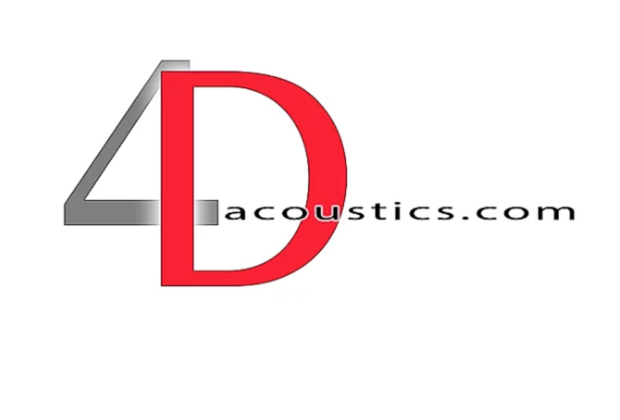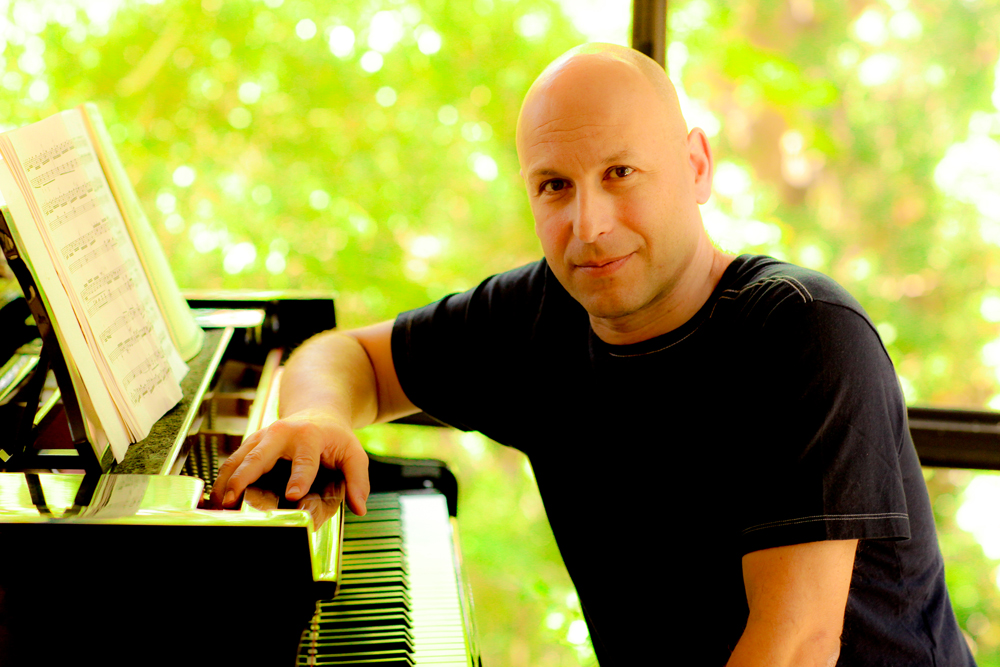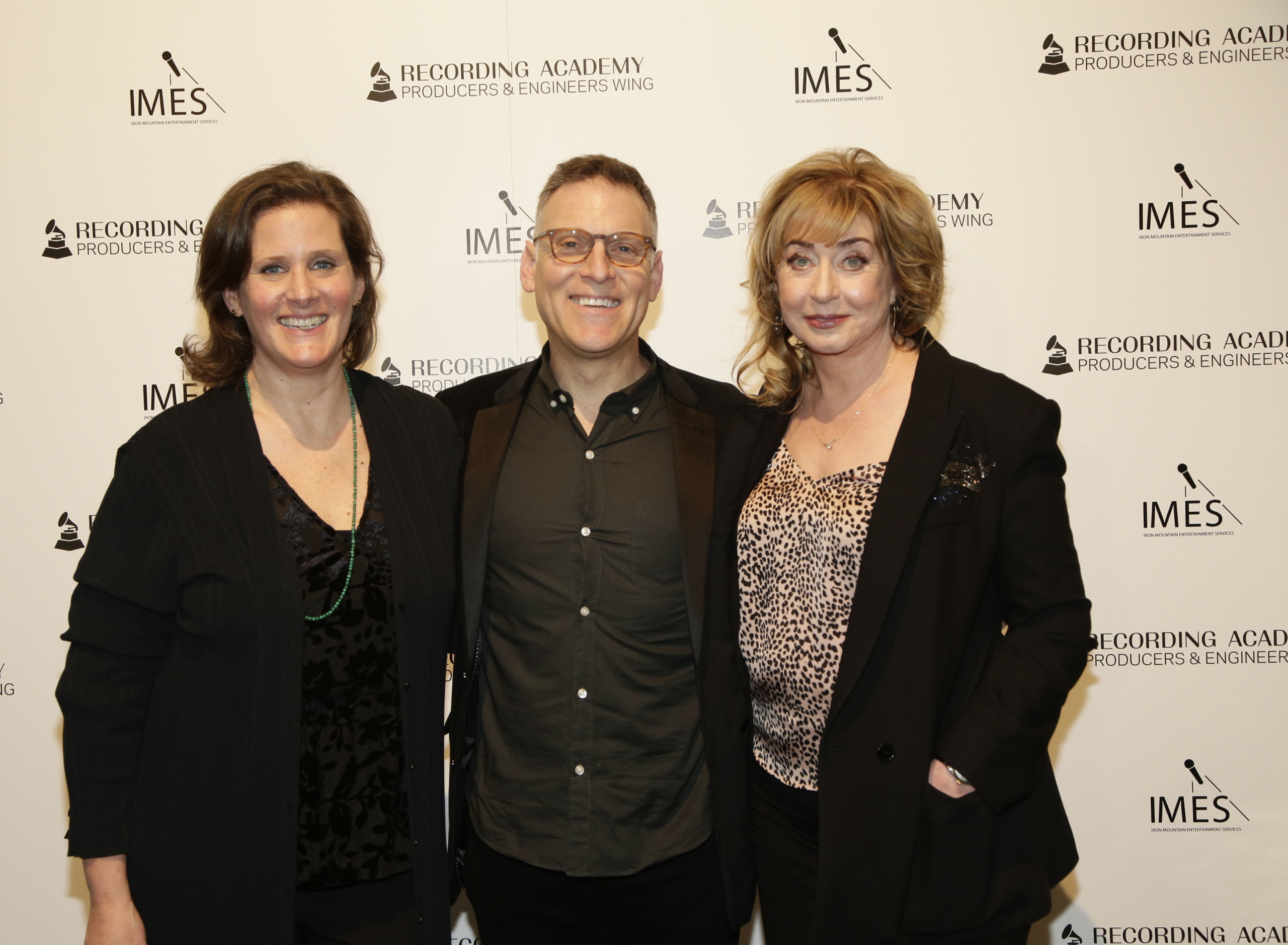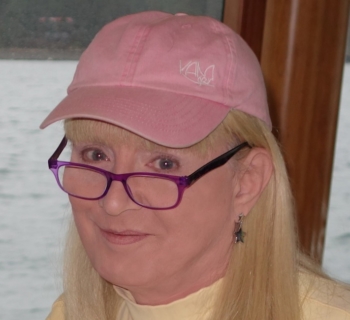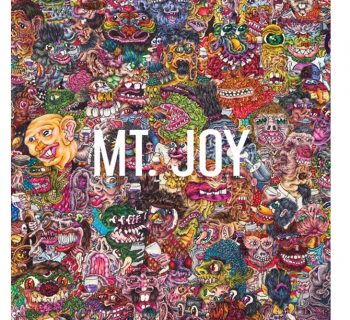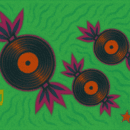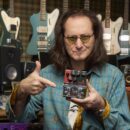“Our clients say our enhancements are unbelievable!”… “We say, what we do is as basic and useful as reverb. And it's a more natural form of compression, more than ANY compressor.” These quotes come from Rikki Swin, the originator of the groundbreaking 4D Acoustics Technology (4DAcoustics.com) that transform recorded vocals in unique ways that can enhance any recording's featuring voice. Swin (grikki.com) is also a successful emerging independent singer-songwriter (with numerous songs on the fan interactive National Radio Hits AC40 chart) and owner-operator of Eclectic Lady Land Recording Ranch, LLC (EclecticLadyLandRecording.com).
4D Acoustics is not an automated process. Human-powered, with the help of software, it involves technically-savvy musicians who have studied music theory and have booked thousands of hours applying the various processes. It primarily uses Melodyne 4 and Revoice Pro 4 along with some other lesser-known supporting apps.
4D receives and reviews an artist's entire session or files. The 4D process involves only the vocals, but the accompanying instrument files are necessary for timing and instrument chords and pitch. The work is analyzed from a music theory perspective. Melody lines and chord structures, i.e. major, minor, diminished, augmented and their inversions, determine what pitch correction will sound best and directly influence the harmonies that can be written. According to Swin, “Often, we find small instrument chord conflicts that can be fixed with the software and it doesn’t require re-recording.”
The initial tasks are to optimize pitch, modulation and intonation. “Precisely tuning each vocal note is not what 4D does,” Swin explains. “There is commercially available pitch correction software that does a ‘perfect’ job, but that's not real life. 4D does not use autotune. Really great singers don’t sing ‘perfect’ notes. If they did, their characteristic style would be gone. Intonation is the rise and fall of pitch level within words. Modulation is akin to vibrato, but when it goes too far it changes pitch—we regulate both of these in natural ways.”
After the pitch, modulation and intonation are optimized, the 4D process looks at the timing of lyrics to the track. Interestingly, lead vocal tracks can improve clarity by advancing them ever so slightly ahead of the downbeat, say 15 milliseconds. It separates the vocal from the music bed and makes both of them individually distinct to our brains' intelligibility. The result is amazing clarity for both. And no extra volume is needed, so all the dynamics are retained.
4D uses software that allows for the individual adjustment of the volume of each word. Outboard or plugin compressors are limited to a set correction value as determined by inflexible settings, whereas 4D can correct each word and thus more closely retains the original dynamics of the performance. The result is a more natural-sounding vocal that does not have to be loud—and cover up the music bed—to be understood.
The next step involves serious enhancement. Thickening is probably the best word to describe what happens as 4D duplicates tracks several more times. The additional copies will be used to double or triple the lead vocal. Doubled vocals are the absolute necessity of some of the world's most accomplished recording artists.
“John Lennon was annoyed by the process because in his day it had to be done by singing the part again and again until he matched the original track as closely as possible,” Swin says. “This usually takes many takes and it wears out the performer. We now have software that helps us match the performances (takes) and, combined with our human adjustments, we can make the doubled vocal closer than Lennon ever could.”
Alternatively, 4D can create a doubled vocal by duplicating the original and then slightly changing overall components like timing, pitch and modulation in a random fashion to achieve a realistic doubling. 4D likes to use a second double (each one slightly different than the other) and pan one left and one right. The original vocal performance stays in the center at a slightly greater overall level. The result is a thick rich vocal texture that makes the vocal “pop.”
“It’s almost magical how much all this makes the vocal come alive,“ Swin says. “And for the final showpiece, there’s harmony!”
The original vocal recording is again duplicated and harmonies are written on a keyboard that can play the singer’s voice. This is where an understanding of music theory is essential. Knowing chord structure, i.e. inversions, and other elements like the circle of fifths, 4D writes harmonies in a way that is similar to writing orchestration for big bands in an earlier era. Modern music genres don't need orchestration, but the method is the same. 4D writes parts that complement the lead vocal. It usually involves the endings of phrases and almost always includes the entire chorus.
To get started, 4D needs an artist’s entire session. Pro Tools users send actual sessions and others send individual stem files. The transfer method is explained on the website at 4DAcoustics.com. A key point to remember is that corrections, optimization and suggestions are all done on copy tracks, while the original tracks remain untouched. “In the finished package,” Swin says, “you will receive additional tracks with all the changes and suggestions kept separate. You do the final mix.”
It’s not easy, Swin adds, “but our clients find our work stunning and unbelievable. Every vocal track can benefit!”
4D will provide a short example from your tracks at no charge. Send them your session (or individual files) and they send you back a 20-30 second portion and a cost estimate for completion. It isn’t inexpensive, a complete session will require hours of work. And just like a recording studio, 4D charges by the hour.
“All work is done at our state-of-the-art Eclectic Lady Land Recording studio,” says Swin.
Contact Rikki Swin, 360-298-4249 Visit 4DAcoustics.com

